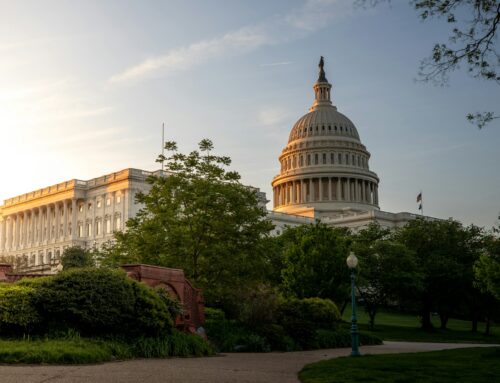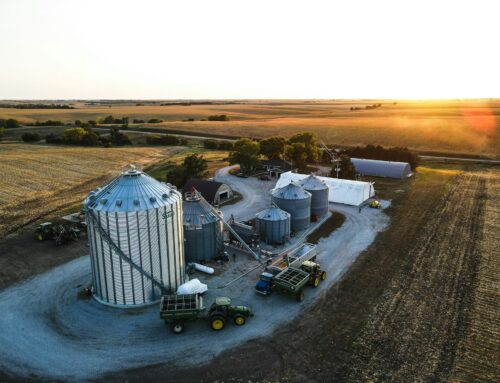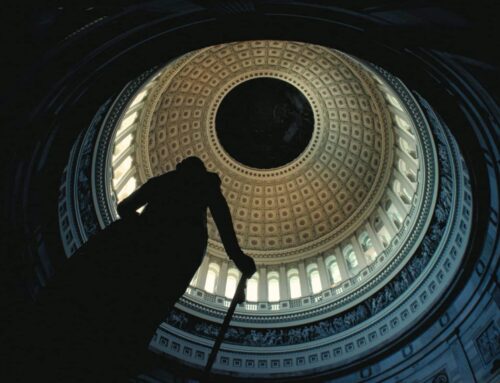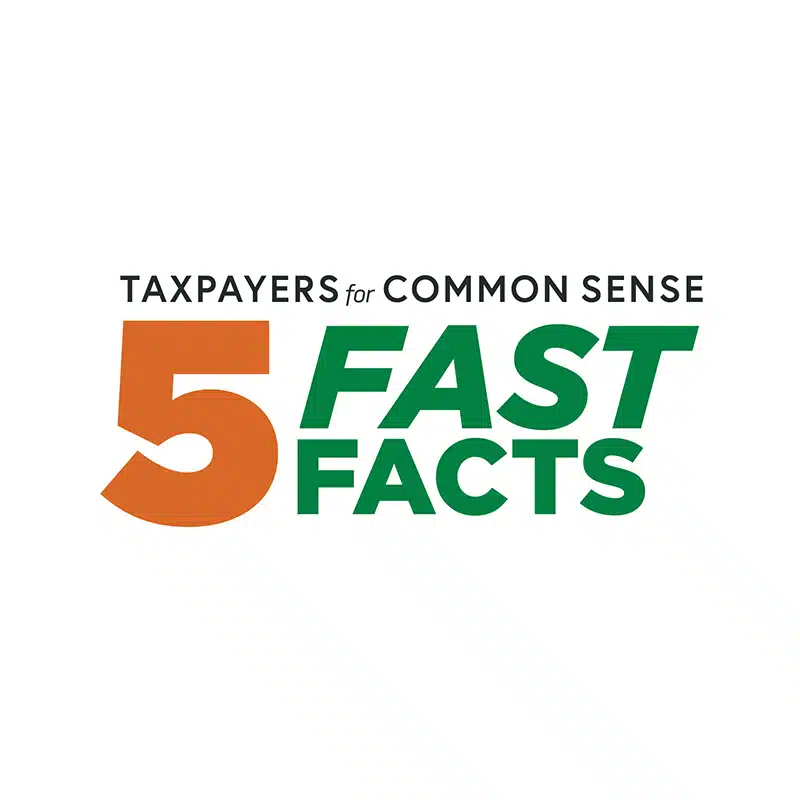Congress is attempting to pass major farm legislation this year after failing in 2012 amid the hard-fought congressional and presidential campaigns. House and Senate Democratic and Republican leaders once again are touting reforms in their bills that they claim will save nearly $40 billion over the next five years — largely by eliminating costly and wasteful direct payments to farmers and farmland owners.
But unless there’s a sudden change in direction, Congress will be playing an enormous shell game again. That’s because legislation pending in both chambers would shift much of those savings to the federal crop insurance program, which was created during the Great Depression to protect farmers against drought and flooding or precipitous drops in crop prices.
In a sense, lawmakers are simply moving around billions of dollars from one overly generous subsidy program to another to help make farming virtually risk free for a relatively small universe of farmers.
“We could find $100 billion in savings just from crop insurance and direct payments in these other programs, and you wouldn’t see a single bump in the road in the farm economy,” said Joshua Sewell, a senior policy analyst with Taxpayers for Common Sense, the government spending watchdog. “There’s a lot of room to cut in this bill.”
Currently the government subsidizes about 62 percent of the crop insurance premiums, and the policies typically guarantee 75 to 85 percent of a farmer’s revenues. And policies pay not only on a loss of crops, but the revenue agribusinesses expected. Therefore, taxpayer dollars end up propping up incomes even after bountiful harvests, if prices dip.
That is not a bad deal for farmers who are currently enjoying one of their most profitable years ever. Farm income totaled $118 billion in 2011 and $113 billion in 2012, according to Department of Agriculture figures. It is forecast to reach an eye-popping $128 billion in 2013, which would be the highest farm income ever recorded.
The Congressional Budget Office estimates that the crop insurance program will cost more than $90 billion over the coming decade – or a total of about $5 billion more than the government spent on the program under the existing law. That works out to about $8.9 billion a year to cushion prosperous farmers from the vagaries of the weather and the markets.
While the crop insurance program has steadily grown and flourished throughout tough economic and budgetary times, some lawmakers have pressed to eliminate some of its worst excesses.
Last week during floor debate in the Senate, Democrat Richard Durbin of Illinois and Republican Tom Coburn of Oklahoma pushed through an amendment to force large farmers to pay higher crop-insurance premiums. The amendment – adopted 59 to 33 — would lower the premium subsidy for farmers making more than $750,000 a year of adjusted gross income.
Durbin and Coburn said their amendment would affect about 20,000 farmers and save the government $1 billion over 10 years.
However, critics of the farm legislation warn that the ultimate cost of the crop insurance program could be even higher unless Congress quits trying to keep expanding the program.
There are currently far more than 100 products – ranging from corn and wheat crops to almonds and oysters – that qualify for the generous government insurance program.
Yet lawmakers are scrambling to find additional products to shoe-horn into the program. Sewell, a senior policy analyst with Taxpayers for Common Sense, complained this week that lawmakers “are turning over every rock to find new things to insure.”
Before the farm bill stalled in the House last year, lawmakers in both chambers sweetened the program by including peanut revenue insurance, funds to study extending insurance to cover losses dues to food recalls or health advisories related to contamination, and protection against business interruption of poultry producers.
This year, lawmakers are back with new candidates for crop insurance, including the fishing industry or “seafood harvesters,” alfalfa grower and the producers of biomass and sweet sorghum.
Sen. Mo Cowan, D-MASS., inserted language in the Senate farm bill in committee ordering the Department of Agriculture’s Risk Management Agency to study the feasibility of allowing the economically distressed fishing industry to qualify for federal crop insurance for the first time. Cowan and other New England lawmakers struck out in previous efforts to steer federal assistance to the struggling fishing industry.
“Our fishermen are facing extremely difficult times,” said Cowan, the chairman of the Senate Agriculture subcommittee on nutrition, specialty crops and agricultural research. “We need to do everything we can to help them through these difficult times, and insurance is one way to reduce risk. Our farmers have access to crop insurance; our fishermen should as well.”
Meanwhile, Sens. Joe Donnelly, D-IND, and Pat Roberts, R-KAN, successfully sponsored an amendment ordering the Risk Management Agency to develop a policy for insuring biomass and sweet sorghum production used for biofuels, renewable electricity and other bio-based products.
Donnelly and Roberts were so eager to create this new category of insurance that they instructed the administration, if necessary, to come up with a new model for evaluating the need for this insurance “to the extent that insufficient data exists.”
The Senate Agriculture Committee approved the legislation May 14 by a vote of 15 to 5, and the full Senate will resume consideration of the bill when it returns next week. Committee Chairwoman Debbie Stabenow, D-MICH, said this week that Congress was in “a strong position” to pass the legislation this year, after it failed in the House last year.
“The House of Representatives received a lot of pressure because they basically let the Farm Bill die at the end of the year,” Stabenow said during an appearance in Frankenmuth, Michigan this week. . “Farmers need the certainty of a five-year bill. There was such pressure on the speaker of the House and on leadership that the speaker has now said that he will give time for the bill to be taken up in June.”











Get Social